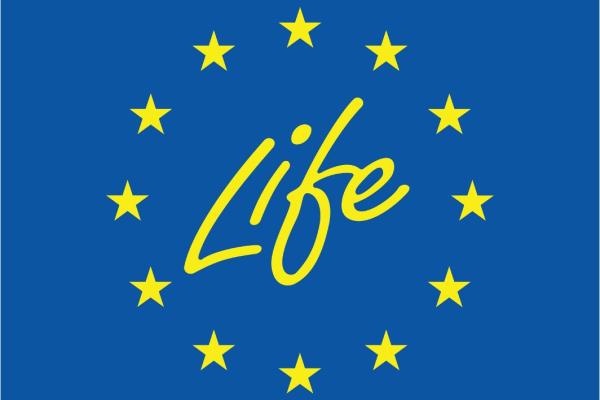The smart readiness indicator (SRI) is a Commission initiative under the Energy Performance of Buildings Directive that measures a building’s ability to use smart technologies. These technologies aid in decarbonisation, while also offering more comfortable and efficient living environments. The ‘smartness’ of a building refers to its ability to sense, interpret, communicate and actively respond in an efficient manner to changing conditions in relation to the operation of technical building systems, the external environment (including energy grids) and the demands from building occupants.

The SRI rates the smart readiness of buildings (or building units) in their capability to perform 3 key functionalities:
- optimise energy efficiency and overall in-use performance
- adapt their operation to the needs of the occupant
- adapt to signals from the grid (for example energy flexibility)
The SRI will raise awareness of the benefits promised by smart building technologies, such as building automation and electronic monitoring of building systems including heating, hot water, ventilation, lighting, etc. The implementation of the SRI framework supports technological innovation in the construction sector and creates an incentive for the integration of cutting-edge smart technologies in buildings.
SRI rating
An SRI assessment consists of evaluating the performance of “smart-ready services” categorised in the following 9 technical domains: heating, cooling, domestic hot water, ventilation, lighting, dynamic building envelope, electricity, electric vehicle charging, monitoring and control.
The performance of each service is assessed against the following 7 desired impacts of smart buildings: energy efficiency, maintenance and fault prediction, comfort, convenience, health, well-being and accessibility, information to occupants, energy flexibility and storage.
The result of the smart-ready assessment is aggregated into an overall SRI class and SRI score, which expresses how close the building is to maximum smart readiness. In addition, specific scores on each of the 3 key functionalities of building smartness are calculated.
SRI legal versus technical frameworks
The SRI legal framework is defined by the 2018 revision of the European Energy Performance of Buildings Directive (EPBD), the Commission Delegated Regulation (EU) 2020/2155 and its annexes. It consists of the structure and principles of the SRI calculation methodology.
By contrast, the SRI technical framework must be provided by national authorities implementing the SRI. Therefore, each country must define a catalogue of smart-ready services, functionality levels and all parameters used to aggregate the calculations into a single score. However, a generic technical framework, which was designed after extensive Europe-wide stakeholder consultations, will be provided upon completion of this form and acceptance of the related terms and conditions.
Documents
- Implementing regulation on optional scheme for rating smart readiness of buildings C(2020) 6929 | Annex
- Delegated regulation on optional scheme for rating smart readiness of buildings C(2020) 6930 | Annex
- Consolidated version of the Energy Performance of Buildings Directive (24/12/2018)
- Amending Energy Performance of Buildings Directive (2018/844/EU)
- Energy Performance of Buildings Directive (2010/31/EU)
Related links
- Video: introduction to the SRI (January 2022)






